

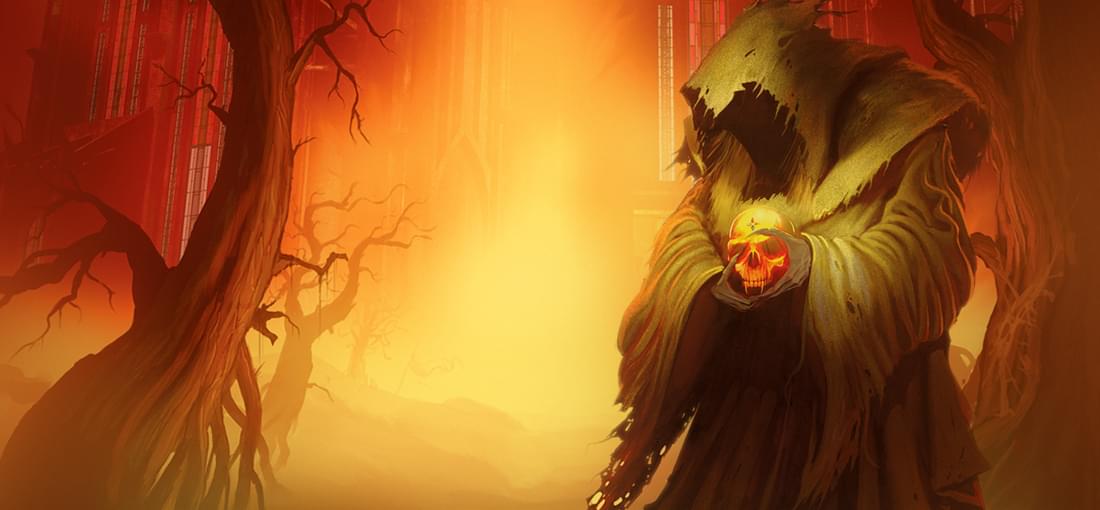
This game was an oasis in a sea of desolation in the CRPG scene after BIoWare went off to be less and less RPG makers, and it seemed like no turn-based Western RPG would ever be made again. Here it was: An actual, honest-to-God faithful representation of the 3.5 ed D&D game system, with standard and move actions, ability to toggle special types of attack like all-out attacks or defensive fighting, reach weapons (OK, so minimum range wasn't quite implemented...), different enemies had truly different types of attacks (watch out for stirges that deal constitution damage through bleeding!) and you even had places where sleeping in dank corners would possibly lead to diseases. There was a real, decent attempt at role-playing options in the vein of Baldur's Gate, and your alignment really did seem to matter... ... What went wrong? Why wasn't this the second coming of the Gold Box series or Baldur's Gate? Well, it was a buggy mess. And it took fan patches over a few years to actually put the game back together. It's a true tragedy that a couple more months couldn't be spent on playtesting and bug hunting. Don't get me wrong, WITH the patches, if you're a CRPG fan, there's absolutely no excuse for not playing this gem right now.
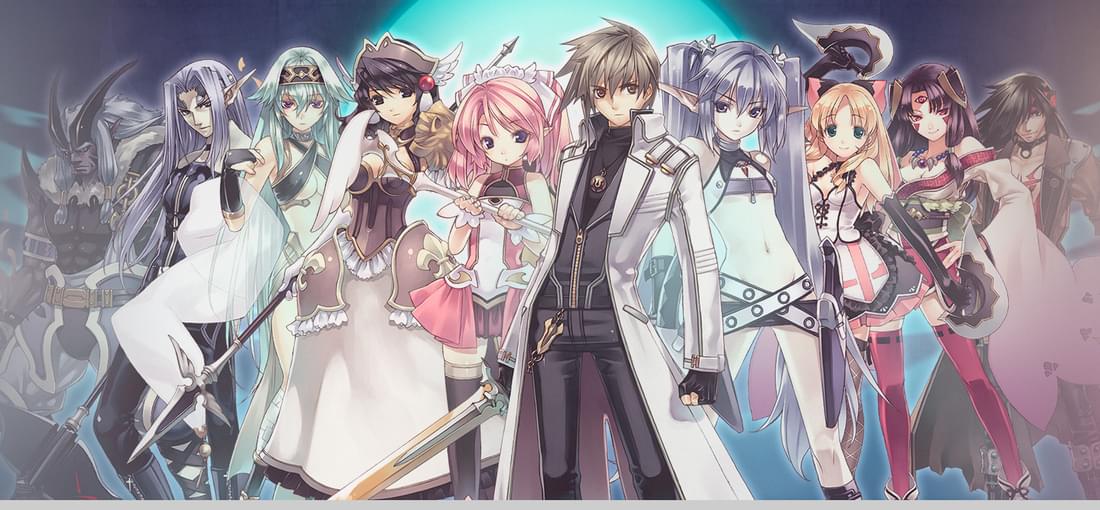
This is a game that requires somewhere around 300-600 hours to complete in the true path, depending largely on how much you forget to come back and allocate your level-up character points. This is a game of INSANE degrees of grinding. In fact, on the PS3, its sales model was FarmVille-esque, selling level-ups and other various points for upgrades in DRM. Not new items (although there were a few of those) or costumes or characters (none of those! It takes EFFORT to make new assets!) but straight-up pay money for EXP. This game features an auto-battle system, and OH BOY WILL YOU NEED IT. Go back a generation's dungeon, tape the "up" button down, and leave the game to grind infinite fights until you get enough XP/BP/any of 7 other types of P to do whatever so you can advance one more plot point. Bosses get insta-kill AoEs and have hundreds of times the health of mobs, so grind more, sucker! Each generation involves about 2 hours of cutscenes if you see them every possible way, plus about 10-40 hours of grinding, depending upon the generation, getting geometrically more grind-heavy as the game goes on. This game also features one of the single most annoying crafting systems I've ever played. Past the first generation and a half, you can't just buy anything anymore, you have to craft it. This wouldn't be a problem, but that you have to craft CHAINS of items starting from generation 2 up through generation 5 equipment, requiring you revisit tons of dungeons you out-leveled 200 game hours ago to grind up more catgirl tails or something. And it's inexcusable that you can't just use the higher-level monster's drops that you can't sell fast enough, since they're literally just palette swaps down to the same skillset. Best of all, though, get to the end of generation 5, and SURPRISE! Your reward is to grind for 400 more hours with no extra cutscenes or anything to alleviate the boredom because you have to kill the gods.
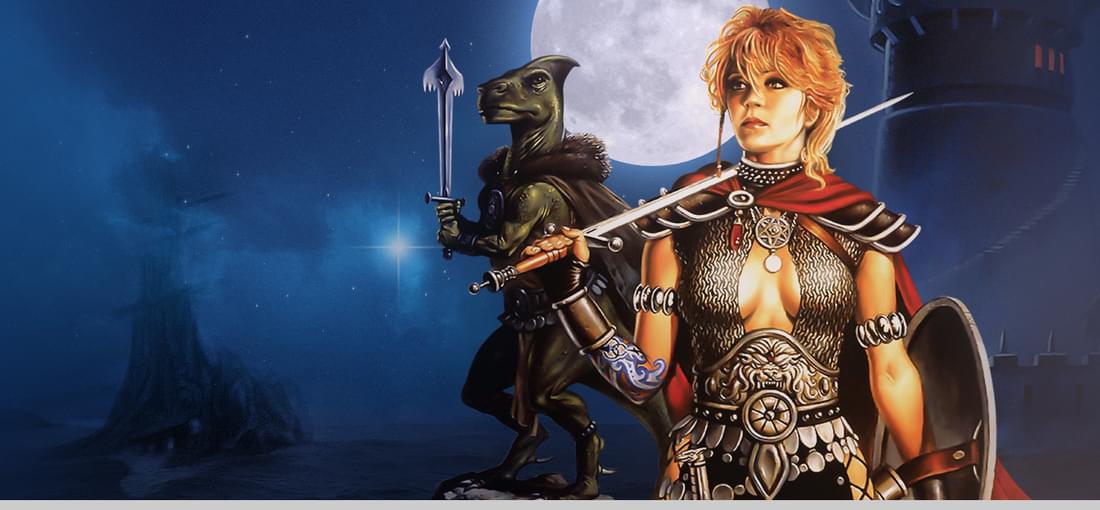
This is it, the Gold Box Games. The ones that were the legend that set the gold standard (no pun intended) for CRPGs for years to come. Its graphics are more than a little dated, but it still holds up, I still love playing these games more than anything short of the Baldur's Gate series again. I still play these and wonder why, oh, why, can't these games just be made more often? This isn't the pinnacle of all turn-based, grid-based combat, but it should, at the very least, be the base model upon which all other games in the genre should seek to build off of. The Savage Frontier series is less well-known, and (somehow manages to be even) more combat-focused upon the combat elements than the Gold Box games, sort of like a Icewind Dale to Baldur's Gate situation. Hillsfar is... an odd duck. It's one of those early Westwood games where they didn't quite seem to know what they wanted to do with the game. You do things like break into houses and rummage through the cabinets for valuables and leave before the timer runs out and people come back home, but you don't do real fighting. I had trouble even getting this one to work, so I can't say much but that it's all but forgotten for a reason.
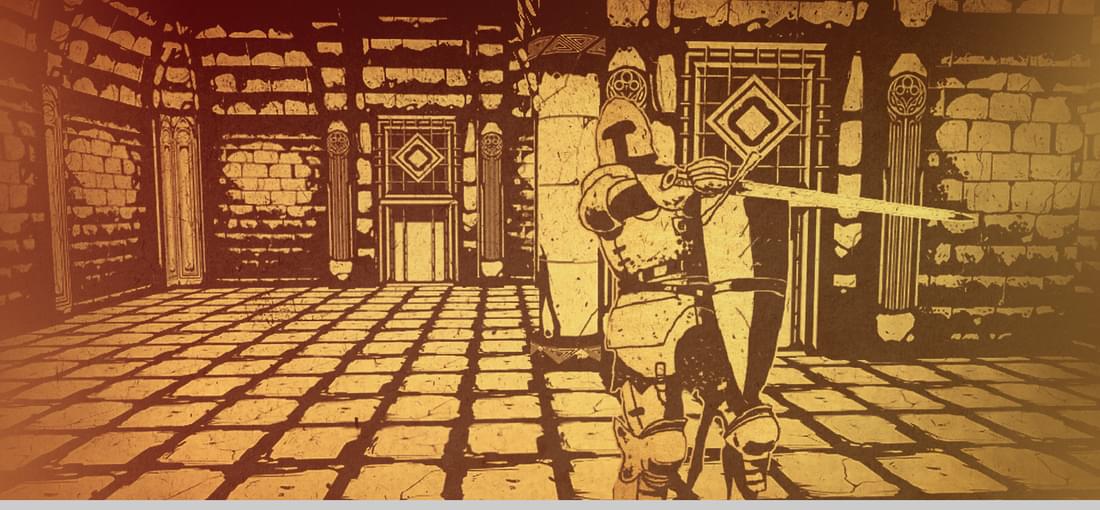
First, the good news: This game has a fairly interesting combat system. You basically do nothing but explore a rudimentary dungeon Wizardry-style and fight, so that's kind of the whole selling point, besides the art style. Combat is not simply mashing "attack", you have multiple skills, and, showing off modern sensibilities, they all have a cooldown period, and take up "energy", which regenerates 1 point every turn, or several points if you use an energy-restoring skill at the opportunity cost of casting another spell that turn. Cooldowns punish reliance upon a few effective skills, and keep attacks varied. Defense is a stat somewhat like how energy shields work in sci-fi games; When taking PHYSICAL damage, you lose defense points instead of hit points, requiring use of defense-restoring spells (which only some classes get) or else you take full damage from enemy attacks. When taking MAGICAL damage, you only take hit point damage, but defense still is effective (if reduced by half), meaning that spellcasters need physical attackers to land hits to drop defense for their spells to be effective. That said, there are problems: Party members are archetypes with basically no growth customization besides a few passive skills that give +5 magic or something, while the crucial active skills are set by creature type. Worse, you don't get a detailed look at how a class will perform when picking your party, you just have to take the game's word for what they do, and hope for the best. Since some classes really work better together than others, it means you have to restart until you get a feel for every class before you can make an informed decision. Ultimately, combat does get repetitive, especially if you go for the bonus dungeons. Cooldowns on skills are a critical game feature, so they refuse to give you very many, meaning you use the skills you started with from beginning to end of the game. It's fun for the first 40 hours, but has a real expiration date.
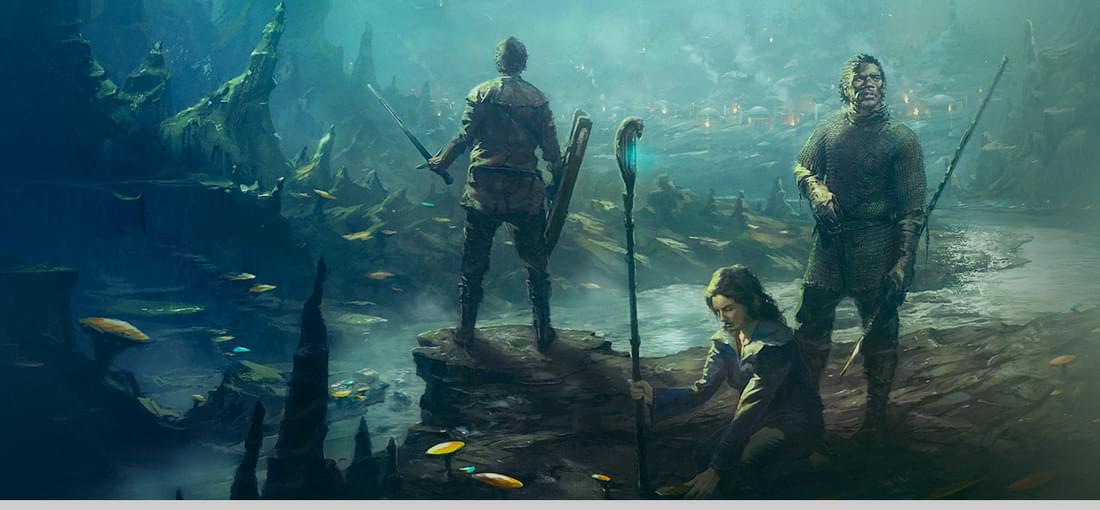
The remake of Avernum, which was the remake of Exile, the first games of two-man-band Spiderweb Software. Make a four-person party and get stuck in a great big cave with lots of little dungeon caves, and fight your way out. The big selling point is the HUGE map with large dungeons in between. No rubber-banding means early parties struggle to find dungeons that don't instagib them, especially on hard or torment modes, or at high levels, makes weaker dungeons boring cake-walks. Still, it does give a good sense of the vast and uncaring nature of Avernum. Tactical grid-based, turn-based combat can give players a thin taste of real tactical challenge, but the game's combat still largely comes down to dice rolls and character builds, with special abilities rarely nuanced enough to make serious hard choices between each one. This seriously weakens a combat-centric game, and can make some dungeons fairly grindy as you just crush a few more of the same monsters one more room over until you run out of rooms. The game brings along with it many of Spiderweb's more recent sensibilities back to the classic: The skill system is, IMHO, worse for giving players only 2 skill points and all skills cost 1 skill point each. The lack of cheaper skills when multi-classing basically force more specialist characters, and you pretty much are guaranteed to have 1 sword fighter, 1 pole fighter, 1 wizard, and 1 priest, or you're missing large parts of the game or weakening your characters for no good reason. Also, they have modern Spiderweb bosses, which means they have 50 times as much HP as everyone else, and spawn in more enemies and buff themselves/debuff you/teleport a character away when they hit certain percentages of their health. Loot and rewards could be more varied - I often just sell absolutely everything in whole dungeons for the gold it takes to upgrade just one spell. The setting is interesting, but the storytelling weak. Only two characters are memorable.
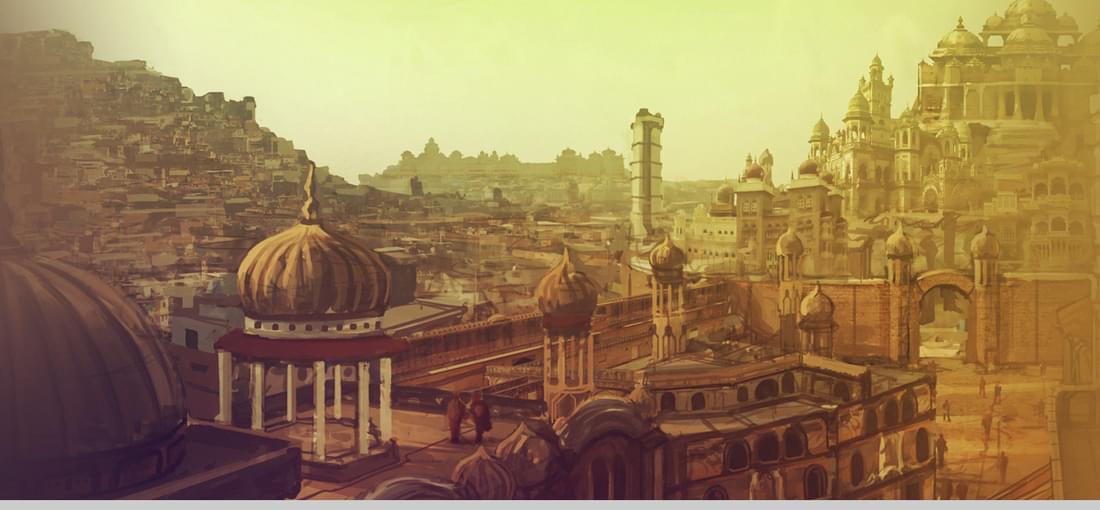
You are a peasant girl told to marry a jerk or die. Do you do what you are told (and live), mouth off (die), or run away (probably die)? Choose carefully, because your answer will affect... well, actually not all that much. You see, no matter what you choose, this game's structure isn't really built to handle all the ramifications of what you choose in a scenario, and so it's sort of like your choices in KoToR 1 being moot in KoToR 2 because you visit none of the same places, and the galaxy is in just as much a state of turmoil no matter whether you went Light Side or Dark Side. You play as several characters, but only one actually returns to more than one chapter, and the resolution of all the other character's plots don't actually change anything but a few text blurbs or maybe a cameo appearance. In each chapter, there's basically one BIG choice, and a handful of others that are more window dressing or a lead-up to what you do in your big choice. Hence, the whole of the game really comes down to about three or four choices, and the rest is window dressing. It's frankly a failing of scripting, and the fact that a limited team just plain can't offer the "real choices with real consequences" in a manually scripted setting because they can't handle manually writing out all the permutations of their choices. This is the sort of game that really needs to incorporate emergent or procedural gameplay elements to carry out its promise, but this is obviously a hand-crafted linear narrative storytelling experience that's trying to break out of the linearity, and only partially succeeding. Play-wise, it's more point-and-click and visual novel than RPG. Basically, imagine if BioWare stopped including combat in their games, and had a couple inventory puzzles, instead. In the end, this is just more proof of why choice in games comes down to either hollow choices in linear storytelling, or sandboxes with no written narrative.
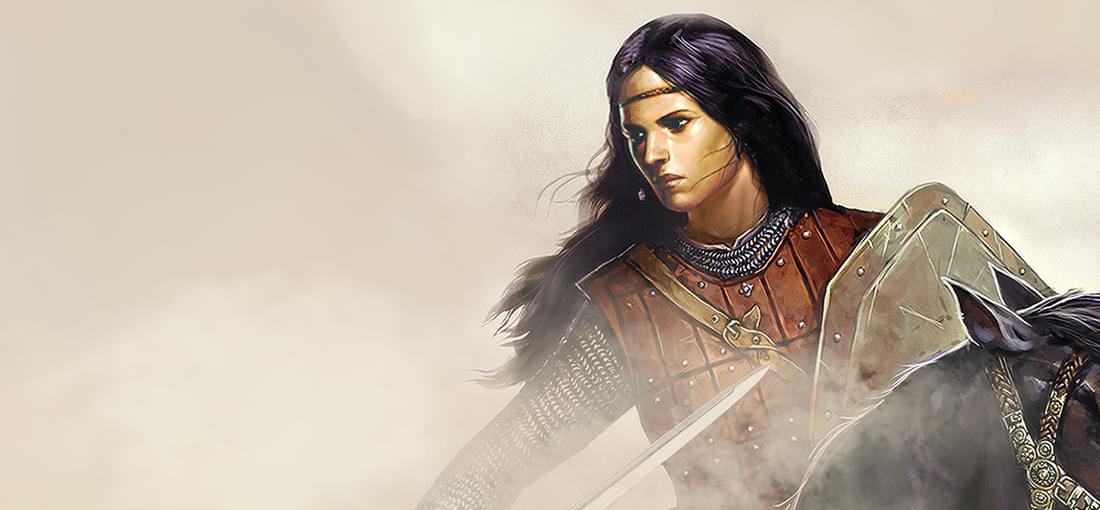
This is not a game that tells a mythic tale or puts you at the center of the universe (at least, not until you depose everyone else who is blocking your path there,) this is a game of being a random dirty peasant in a mockup of the Middle Ages, and trying to make your own path. Along the way, you will learn how to fight in a free-form third-person combat game which has interesting controls to make beating down the other dirty peasants and sometimes mud-caked knights in still somewhat shiny armor a real challenge and thrill. No warcries that stun, or whirlwind slashes that mow down enemies by the dozen, you'll find a real challenge in fighting two or three enemies with even decent equipment at a time. Eventually, you gain a following of fighters, and upgrade them from dirty peasants to your own cadre of knights and elite warriors. Take procedural missions, like bandit hunting, caravan escort, jailbreaks of nobles with hefty ransoms, or just oppressing the bloody peasants. Buy trade goods and sell them for a profit, or buy industries and start manufacturing for extra gold on the side. Swear allegiance to a king, or form your own flag. Conquer some territory, and then manage the villages. Lure disaffected nobles to your side, and then have to give them fiefs of their own to pacify them. Pretty soon, you're going head-to-head with other kings for supremacy of the land, and eventually, you, too, might crown yourself emperor of all the land! ... Or just toil in obscurity, get rich, and buy a nice plot of land to relax upon while the wars you profited from keep roiling on without you...
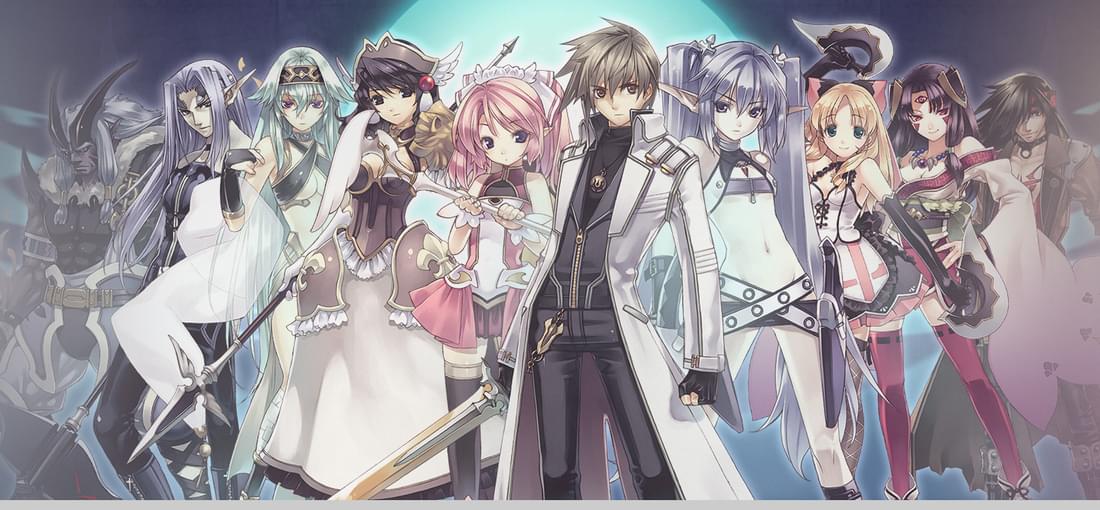
Few RPGs have an "autobattle" feature, fewer still make it do anything other than spam the basic attack, and when the game has advanced autobattle features, it's clear they expect you to use them. Agarest has moderate autobattle features, but there's basically no reason not to use them. This game has 30 hours of content in a game that lasts 600 hours. Granted, I'm not sure how long that would be if I were actually playing. I played the PS3 version, and basically set my controller down with the stick mashed up to keep running into a wall and let autobattle fight battles for me while I changed the TV over and watched the DVR or read a book. Come back an hour later to distribute bonus points from levelups or sell loot. Oh, and protip for character customization: Put every single point every single character gets into VIT. Every other stat can be boosted by equipment way more than levels boost them (+900 stat items abound) but VIT gives you 3 permanent HP per level per VIT point, AND YOU WILL NEED THEM. Enemies blast away 1/2 your HP in a single shot, and bosses basically get 4 guaranteed kill AoE shots per turn. The game largely consists of needing ludicrously stat-boosting items that you gain through crafting that requires you get "blacksmith points" (BP) to upgrade, in addition to your (useless) GP, your XP, your SP, your CP and PP. These all needed separate grinding, PLUS, to craft, you need to kill old enemies to get crafting items needed to make weapons to upgrade to craft new items. GRIND MORE! The PS3 port part is important - this was a "pay to win" game on PS3. You can BUY those points as DLC, and that's how the game made money. See why it's a grindfest now? If you want to date anime elf girls, OK, it has that, it's OK, but it's probably better you just go to YouTube for it, because there is about 1 cutscene per 10 hours of gameplay towards the middle of the game, and the ending is essentially just 300 hours of grinding to get one last scene.